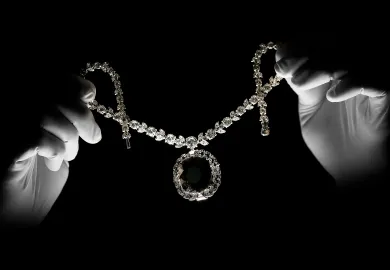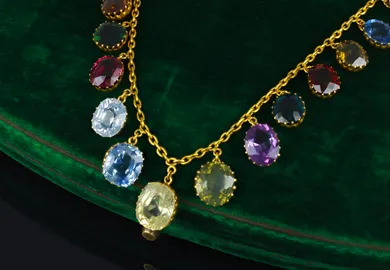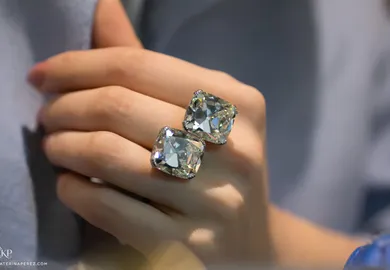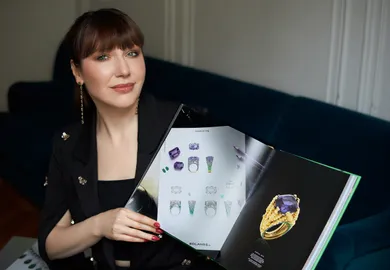

Why is Platinum Considered a Valuable Metal?
Platinum is often the favourite choice when it comes to picking a precious metal for a pair of elegant earrings or a simple engagement ring, and this is considering the fact that it is even more expensive than gold. Why? In this article I am going to have a look at the advantages of choosing this more expensive option and why platinum is the ideal metal for a piece of jewellery.
Colour
Platinum’s natural white colour renders it irresistible for many people, combining beautifully with diamonds and other gemstones to really add to its depth. If you compare platinum and white gold, the difference is obvious: white gold gets its colour from coating of rhodium which fades and turns yellowish over time, meaning it needs to be constantly re-plated and polished to maintain its sheen and colour, whereas platinum maintains its colour and brightness for years on end.
Density and plasticity
Platinum has a greater density than white gold so if you were to create the same wedding band from the two metals you would need more of platinum. It explains why jewellery crafted in this metal is heavier than its gold or silver counterparts. It also has quite a high plasticity, which means you can shape it into finer, more delicate jewellery than you would be able to make using gold. This malleability means that decorative details made from platinum are better at holding their shape over time.
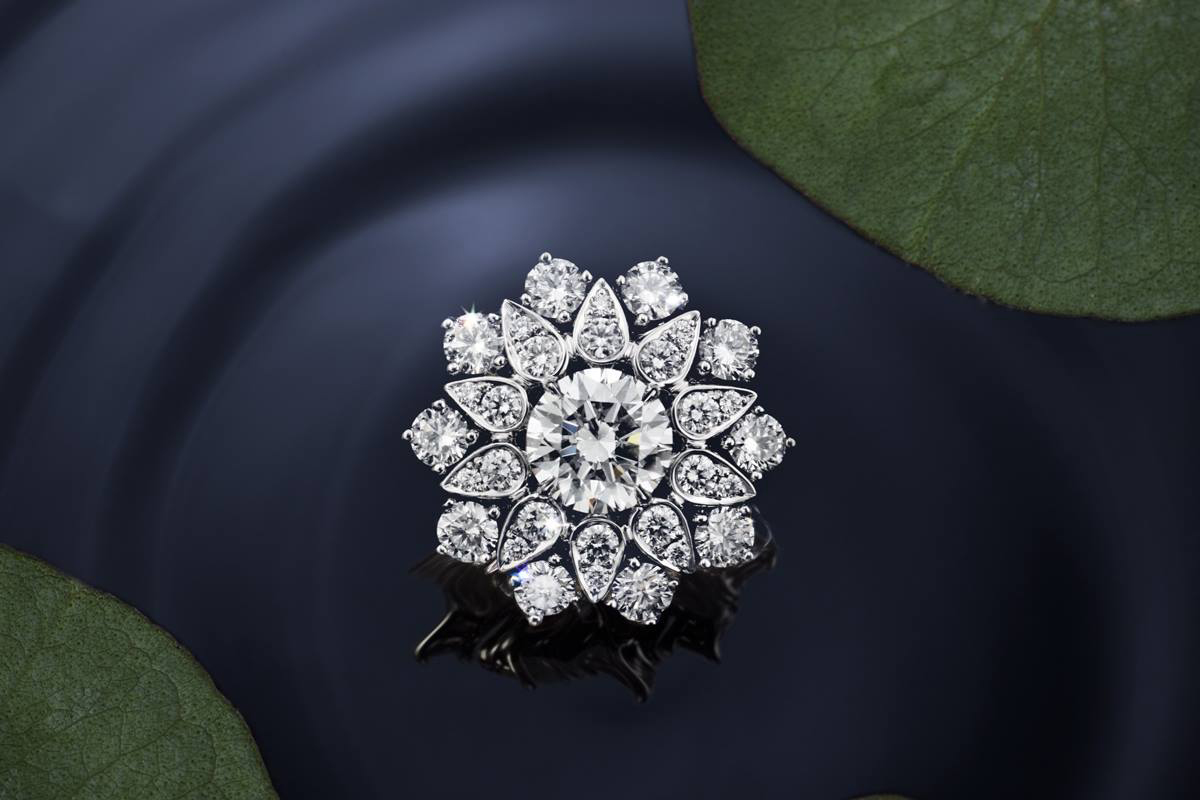
Lotus Cluster Ring by Harry Winston
Durability and strength
Platinum is one of the strongest and most resilient metals. It weighs 60% more than a karat of gold. If you were to take two identical rings, one made from platinum and the other from gold, bought at the same time, the gold would develop more wear and tear, which is why platinum is the perfect material for everyday jewellery. Even when worn on a daily basis, platinum pieces remain practically clear of blemishes, meaning their value will not decrease as rapidly.
Purity
As a rule, platinum jewellery is made from metal of about 90-95% purity. Compare this to a piece of gold jewellery which is 18 karats (which equates to 75% purity) or 14 karats (about 58% purity) and the difference speaks for itself.
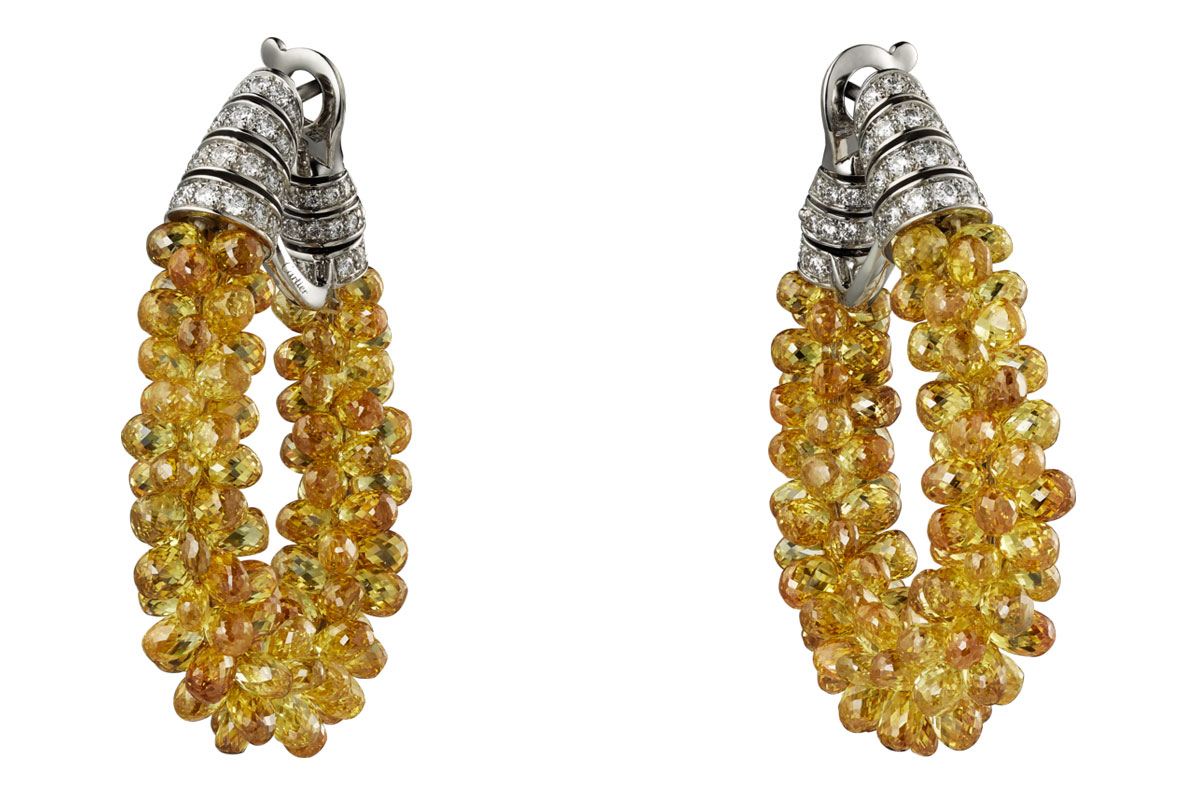
High Jewellery earrings in platinum by Cartier
Hypoallergenicity
Platinum is a hypoallergenic metal, which means it will not react with the skin, no matter how long you wear it for, and as the metal alloys are always so pure, this is true of all platinum jewellery.
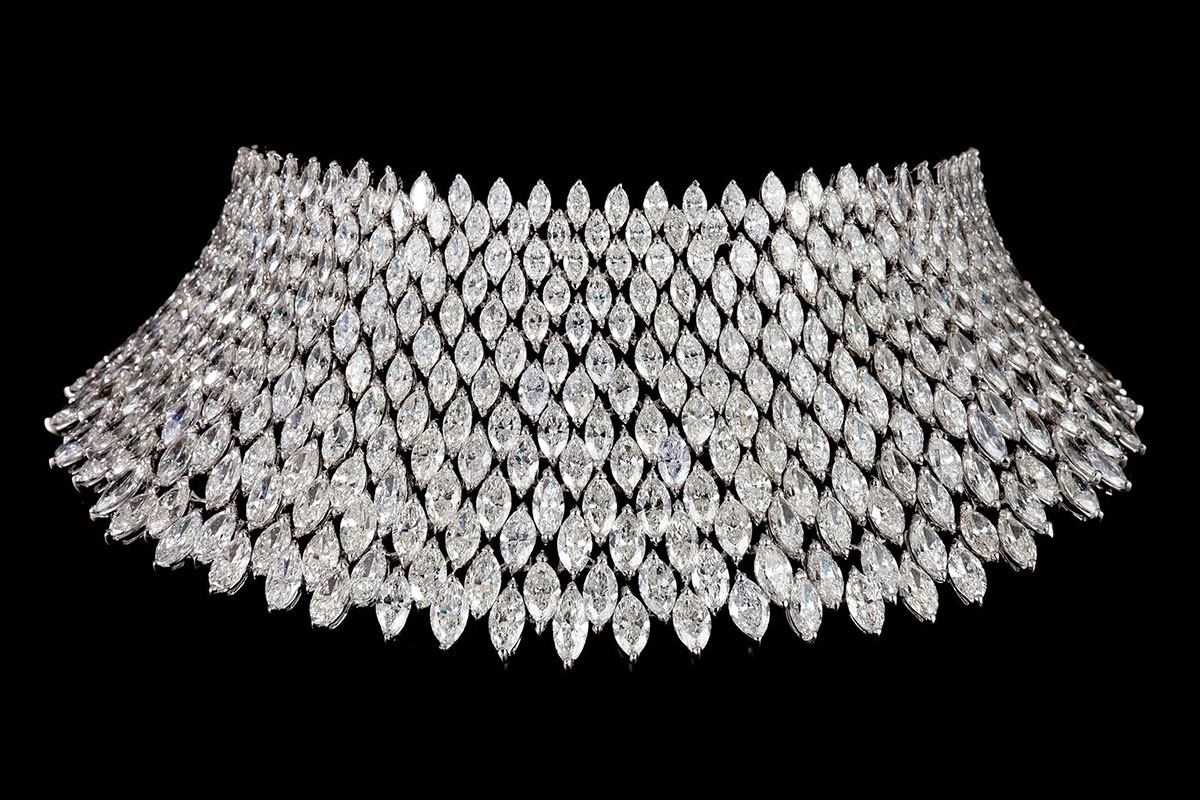
Bayco necklace with diamonds set in platinum
Rarity
Producing one ounce of platinum requires around ten tonnes of platinum ore. Compare that with gold, for which one ounce requires just three tonnes. This means that platinum is 35 times rarer than gold. The complexity, cost ratio and hard work required to produce platinum significantly increase its prestige and value on the international precious metal market.

WORDS
Katerina Perez is a jewellery insider, journalist and brand consultant with more than 15 years’ experience in the jewellery sector. Paris-based, Katerina has worked as a freelance journalist and content editor since 2011, writing articles for international publications. To share her jewellery knowledge and expertise, Katerina founded this website and launched her @katerina_perez Instagram in 2013.




